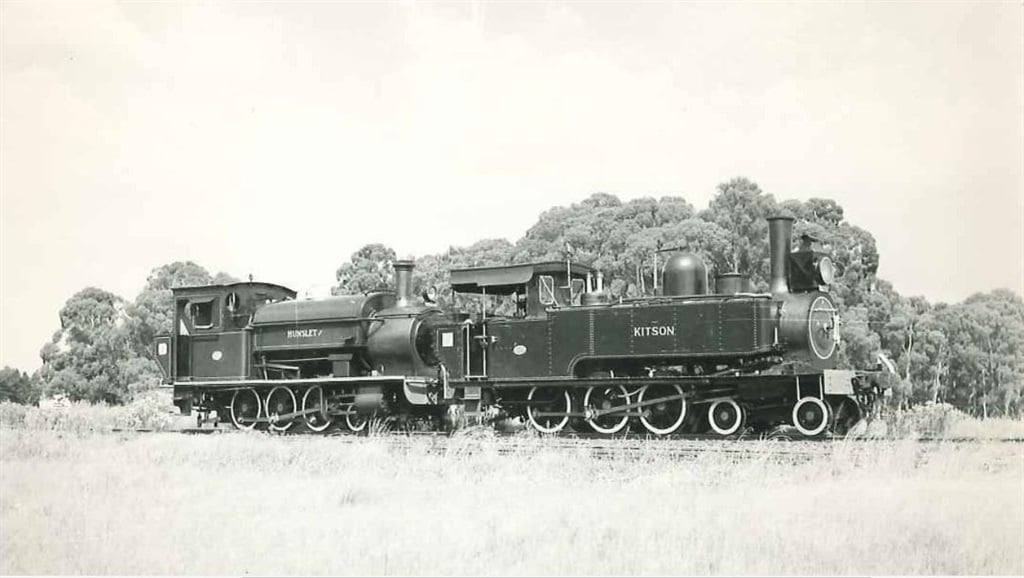
Eskom is looking to lease five of its heritage steam locomotives as it lacks of financial resources to maintain these historic locomotives on its own. (Eskom/Sourced).
- Eskom is looking to lease five of its heritage steam locomotives that it can’t afford to maintain.
- Successful bidders will need to pay Eskom to lease the locomotives and will need to cover maintenance costs themselves.
- Some of the trains are over a hundred years old.
- For more financial news, go to the News24 Business front page.
Eskom has announced its intention to lease out five of its heritage steam trains – some over a century old – citing a lack of financial resources to maintain these historic locomotives on its own.
The utility released an invitation to tender last week, calling for bidders to lease the heritage locomotives from the utility’s fully owned subsidiary, Rotek Industries, for five years.
Successful bidders will not only need to pay the utility to lease the locomotives, but will also be obligated to perform maintenance on the locomotives on their dime.
Eskom owns six heritage locomotives that shuttled coal from collieries to power stations through the 20th century – the power utility’s golden years. At its height, the utility had 25 steam locomotives, 18 of which were still in use by the mid 1980s.
But, by 1989, steam locomotives had become redundant, and those trains that didn’t find a home at a heritage site by 1989 were scrapped.
Eskom sent at least six locomotives to be looked after by the now-defunct SA National Rail and Steam Museum (SANRASM) in Krugersdorp.
Two of the engines, Kitty and Hunslet, were still regularly taken out to be shown off on open days into the 1990s, according to a Sunday Times article from 2021.
But problems at SANRASM, with scrap metal thieves targeting locomotives, meant that Eskom stepped in to take the shunters back in 2010.
“The unfortunate turn of events led to the closure of SANRASM, halting the restoration process and leaving the locomotives in less than ideal condition,” the Eskom media desk told News24.
The locomotives were taken to an Eskom Rotek facility in Rosherville, near Germiston, where they have been ever since.
The crown jewel of the locomotives, Kitson – commonly known as Kitty – was built in 1879, and declared a national monument in 1983. It was aesthetically restored by Eskom in 2016, and given a certificate of compliance by the South African Heritage Resources Agency (SAHRA) as recently as March this year.
However, the utility did not have the funds to maintain the other locomotives, which is what prompted the decision to lease them out.
“Eskom intends to lease five of the six locomotives due to lack of financial resources to maintain these steam locomotives,” the tender document reads.
Stoking the firebox
Successful bidders won’t have an easy ride.
The winners of the tender will need to organise transport for the locomotives at their own cost and will need to restore the trains to SAHRA standards within the first year of winning the bid, and Eskom will come to inspect the condition of the trains on a biannual basis.
There may be more than one winner of the tender, as bidders don’t have to put in an offer for all the trains in one go.
Bidders won’t be able to make any adjustments to the locomotives that interfere with their historical value.
The five locomotives that are available to lease and the dates they were manufactured are:
Avonside – 1927
Komati – 1926
La Moye – 1907
Henschel – 1950
Hunslet – 1902
Mother coddles infant
The image captions in this article used information from an Eskom document that traced the history of its steam locomotives.
The forward of the document was written by the late Dr Ian McRae, who worked at Eskom for 47 years – serving as chief executive for the last nine years of his tenure, which ended in 1994. McRae won numerous awards during his time at Eskom, from private and public sector institutions alike.
The first paragraph of the foreword is copied below:
I have often asked how it is that Eskom has maintained its unique collection of steam locomotives in such a noticeable state of excellence. The answer is the quality of the people in Eskom, and the pride with which each driver, each fireman, each handyman, each journeyman and even clerks and managerial staff treated our steam locomotives, lies close to the heart of every Eskom employee. They were driven and maintained in almost the same manner as a mother coddles her infant. The locomotive maintenance crew at the Rosherville central workshops are an example of dedication, enthusiasm and doing the job properly.


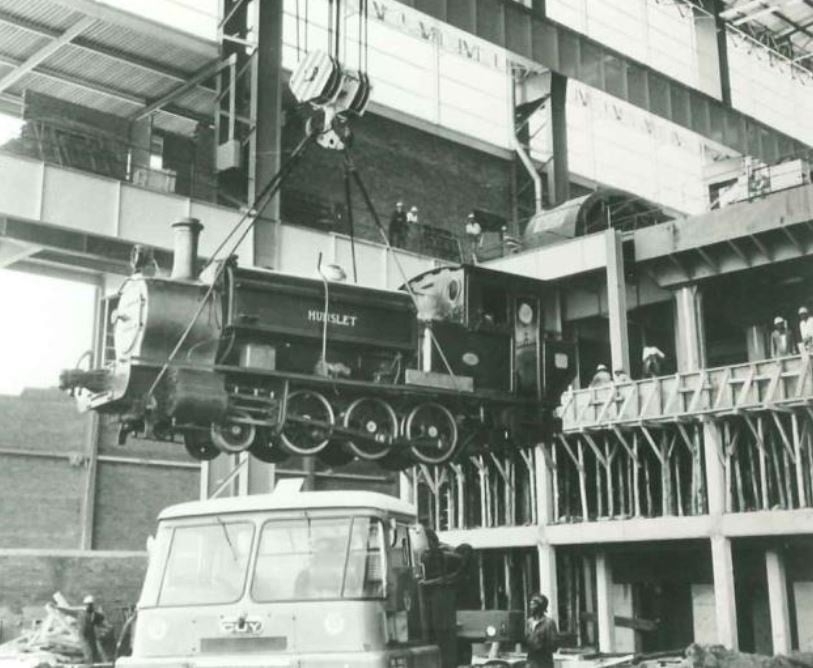
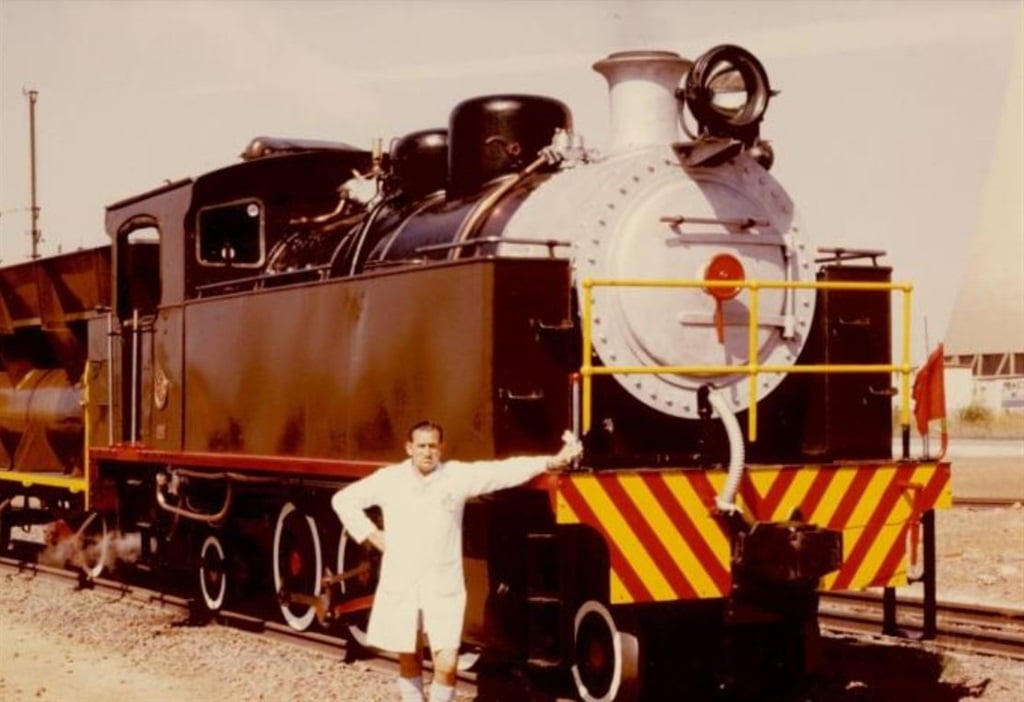
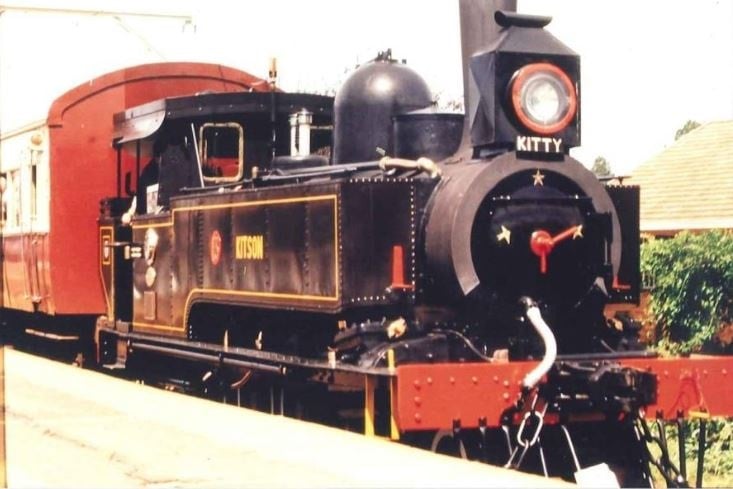
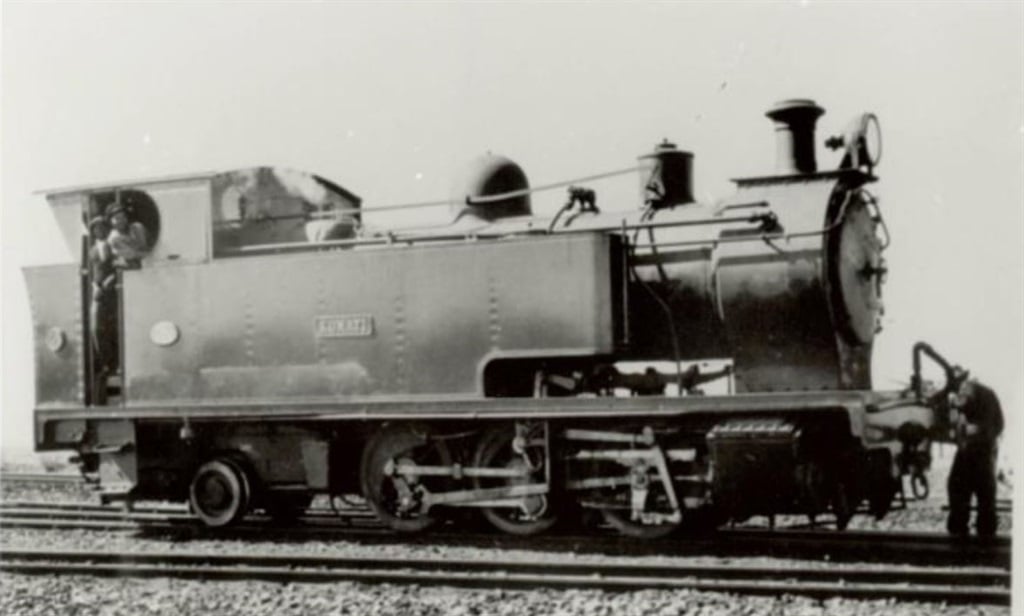






Recent Comments